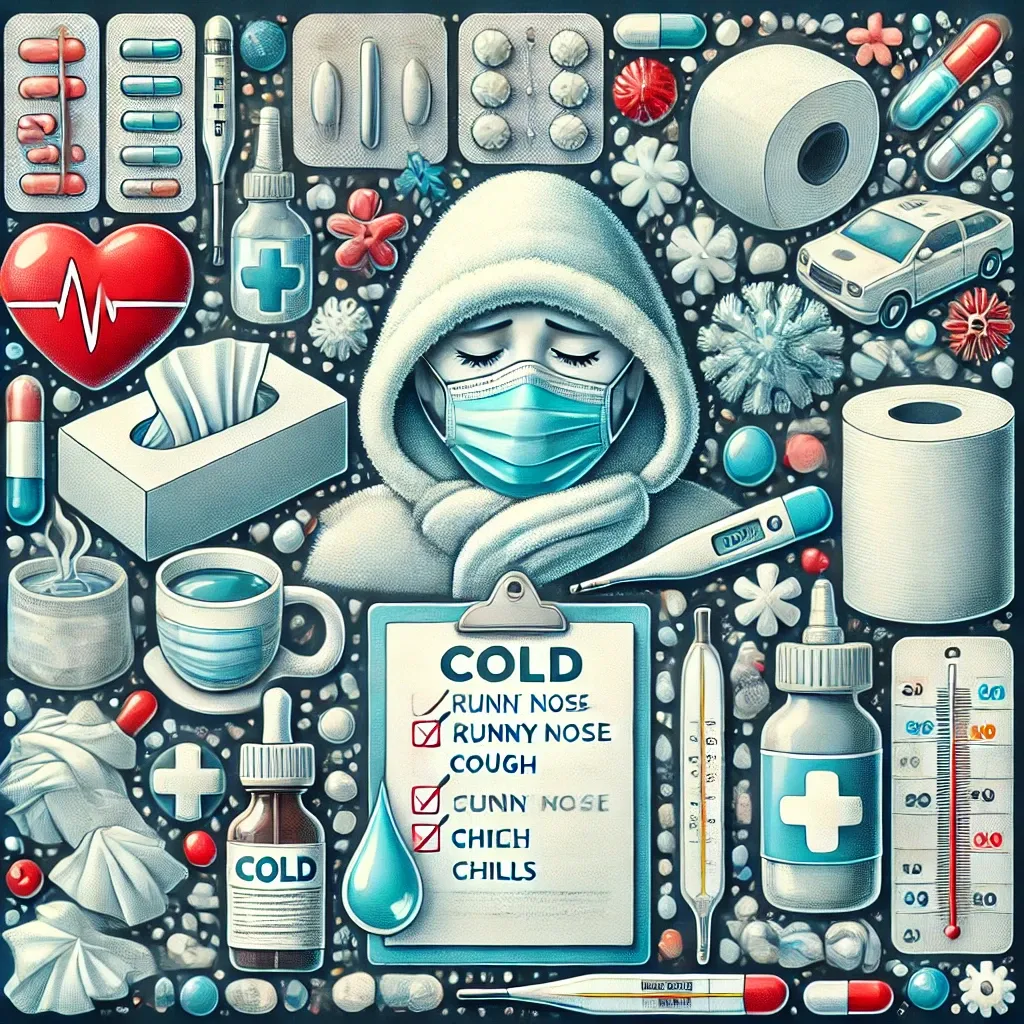What are the different types of cold, and how can you tell them apart? This guide covers cold type, cold car type, and cold symptoms, helping you understand how to manage this common ailment.
Cold Type: Understanding Different Forms of the Common Cold
When we talk about a “cold,” we’re usually referring to a viral infection that affects the upper respiratory system. This infection causes symptoms like a sore throat, nasal congestion, cough, and sometimes a mild fever. But did you know there are different types of cold? Let’s break down the different categories and their implications for your health.
The common cold is caused by several different viruses, primarily rhinoviruses, but there are others, including the respiratory syncytial virus (RSV) and the coronaviruses (not to be confused with COVID-19). Each of these viruses may present itself in slightly different ways. For example, a rhinovirus is often linked with sneezing and nasal congestion, while RSV may cause more severe symptoms, particularly in young children and the elderly.
There are also different types of cold conditions people can experience. Some people may only suffer from a runny nose, while others may endure fever and body aches. Below are some of the common types of cold experiences:
-
Mild Cold This is the typical cold with minimal symptoms like sneezing, mild congestion, and occasional coughing. It usually lasts for a few days.
-
Severe Cold This type may include fever, significant fatigue, and body aches. It can last a week or more and often requires more intensive care.
-
Chronic Cold Some individuals experience what seems like a never-ending cold, often due to immune system issues or exposure to environmental factors.
How do these different types of colds affect your health? If you feel like your cold is progressing into something more severe, like a bacterial infection, you should consult a healthcare professional to ensure you get the right treatment.
Cold Car Type: What It Is and How It Impacts You
You might be wondering: what is the “cold car type”? This term is sometimes used to describe a type of cold where people experience cold-like symptoms after being exposed to a cold environment, often in a car with poor heating. It can also refer to cold conditions triggered by air conditioning.
Key Factors of Cold Car Type:
-
Temperature Sensitivity A sudden drop in temperature, especially in confined spaces like cars, can trigger cold symptoms.
-
Air Circulation Cars that don’t have proper air circulation or humidity control can exacerbate symptoms, causing dryness in the throat and nasal passages.
-
Underlying Health Conditions People with weakened immune systems or allergies may experience more severe symptoms in cold environments.
Many drivers find that prolonged exposure to air conditioning or chilly car rides can lead to sinus problems, congestion, or even more serious cold-like symptoms. To manage this, try to keep the temperature in your car comfortable, avoid drafts, and make sure the car’s air system is functioning properly.
Why does this happen? Your body reacts to cold environments by constricting blood vessels, which can cause your immune system to work harder. This, in turn, may make you more susceptible to viruses when exposed to cold air.
Learn more about cold car effects👉
Cold Symptoms: How to Identify and Manage Them
Understanding the symptoms of a cold is essential for treatment and knowing when to seek medical help. While most colds are mild, some can lead to complications if not properly managed. Below are some common cold symptoms and what they mean for your health:
-
Sore Throat One of the first signs of a cold is often a scratchy or sore throat. This happens due to the irritation caused by the virus in the throat area.
-
Runny Nose A runny nose is common and usually occurs as a response to the virus triggering mucus production.
-
Cough A dry or wet cough can follow a sore throat as your body tries to expel the virus.
-
Congestion Nasal congestion makes it difficult to breathe through the nose and can cause headaches.
-
Fever and Fatigue Though not as common, some people may experience mild fevers and extreme fatigue with their colds.
The best way to manage cold symptoms is by staying hydrated, resting, and using over-the-counter remedies. In some cases, if the symptoms worsen or last for too long, it’s important to visit a doctor.
Can cold medicine help? Over-the-counter cold medicines can relieve some symptoms like congestion and sore throat. However, these don’t cure the cold—they simply make you feel more comfortable while your immune system works to fight off the virus.
Learn more about cold symptoms👉
Conclusion: Key Takeaways on Cold Types
Whether you’re dealing with a typical cold, a cold triggered by environmental factors like a cold car, or a severe case with troublesome symptoms, understanding the different types of colds is vital for managing your health. Remember that most colds are self-limiting, but some can require medical attention if symptoms escalate.
The next time you feel that scratchy throat or runny nose, consider these types and symptoms. The more informed you are, the easier it will be to manage the situation.
As the famous quote by Benjamin Franklin goes, “An ounce of prevention is worth a pound of cure.” By knowing the different types of cold and how to manage them, you can avoid unnecessary complications and get back to feeling your best sooner.






